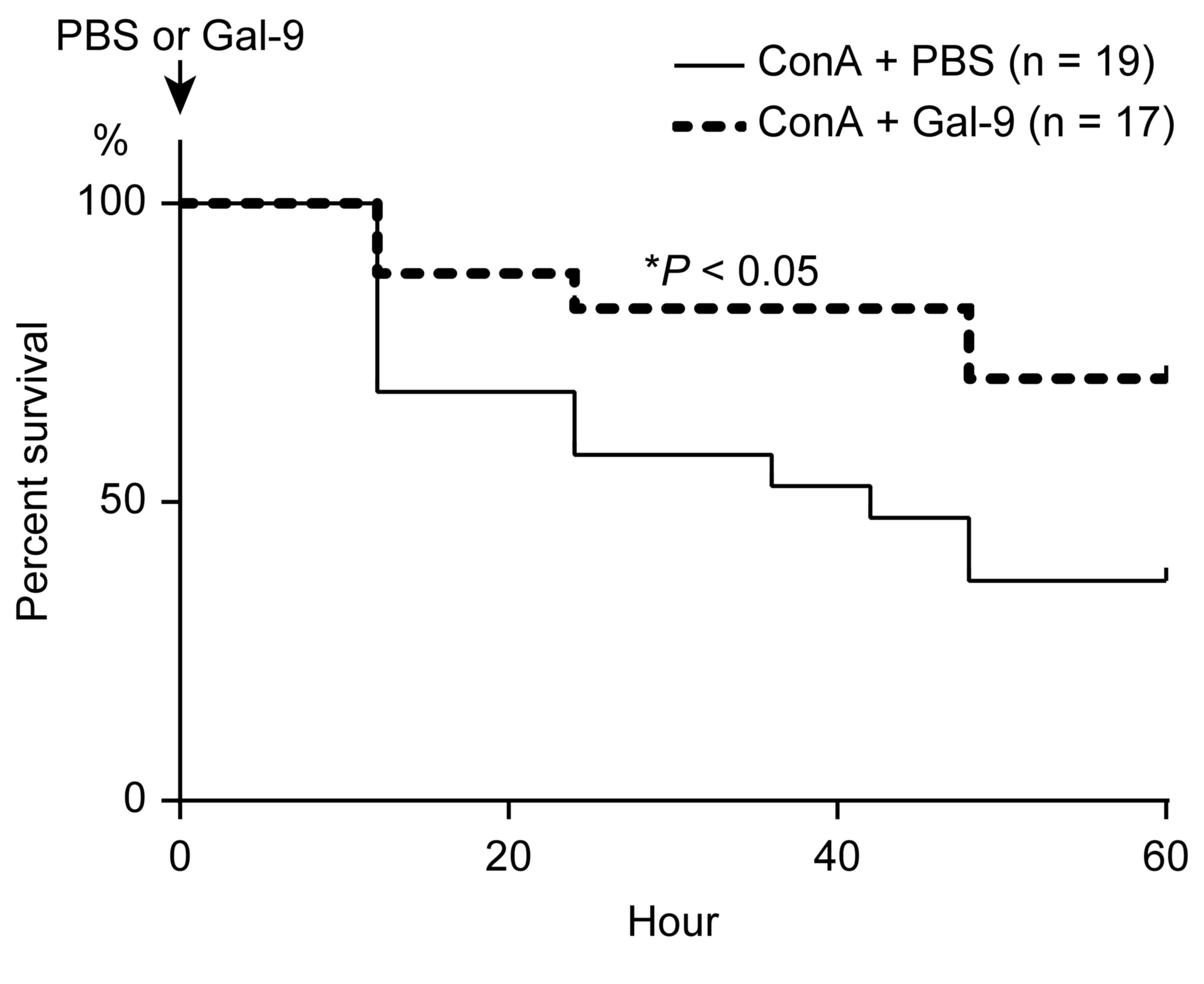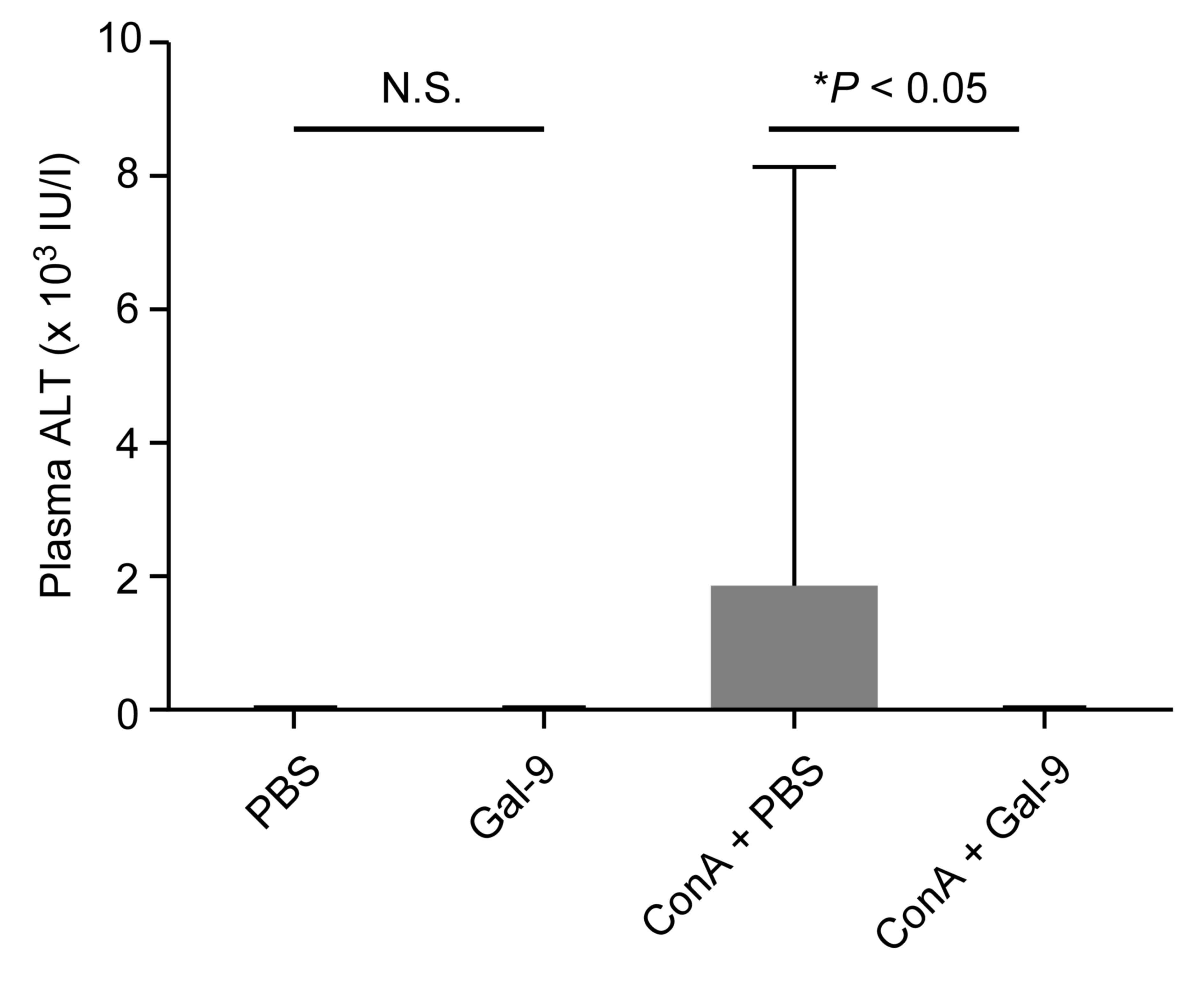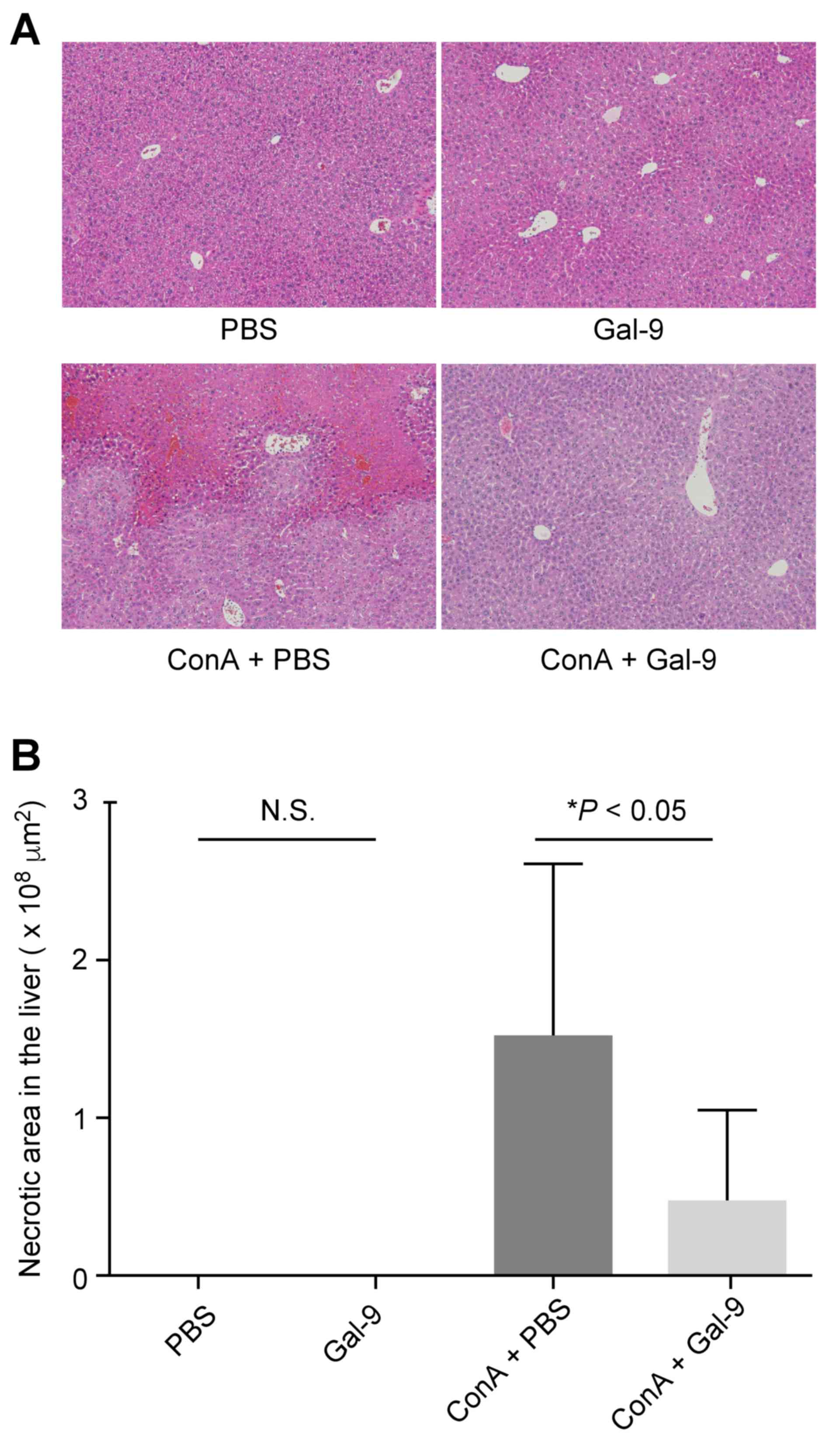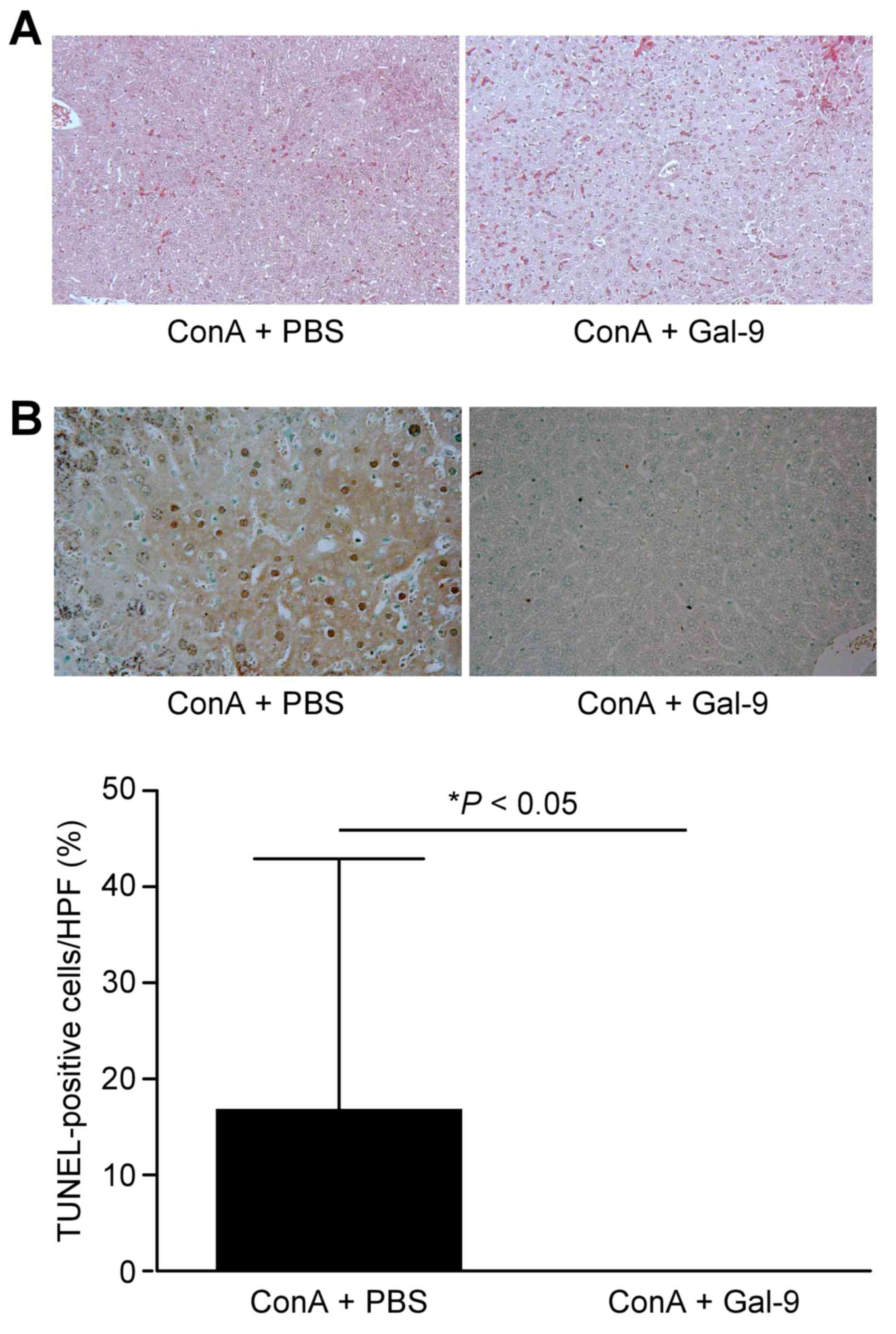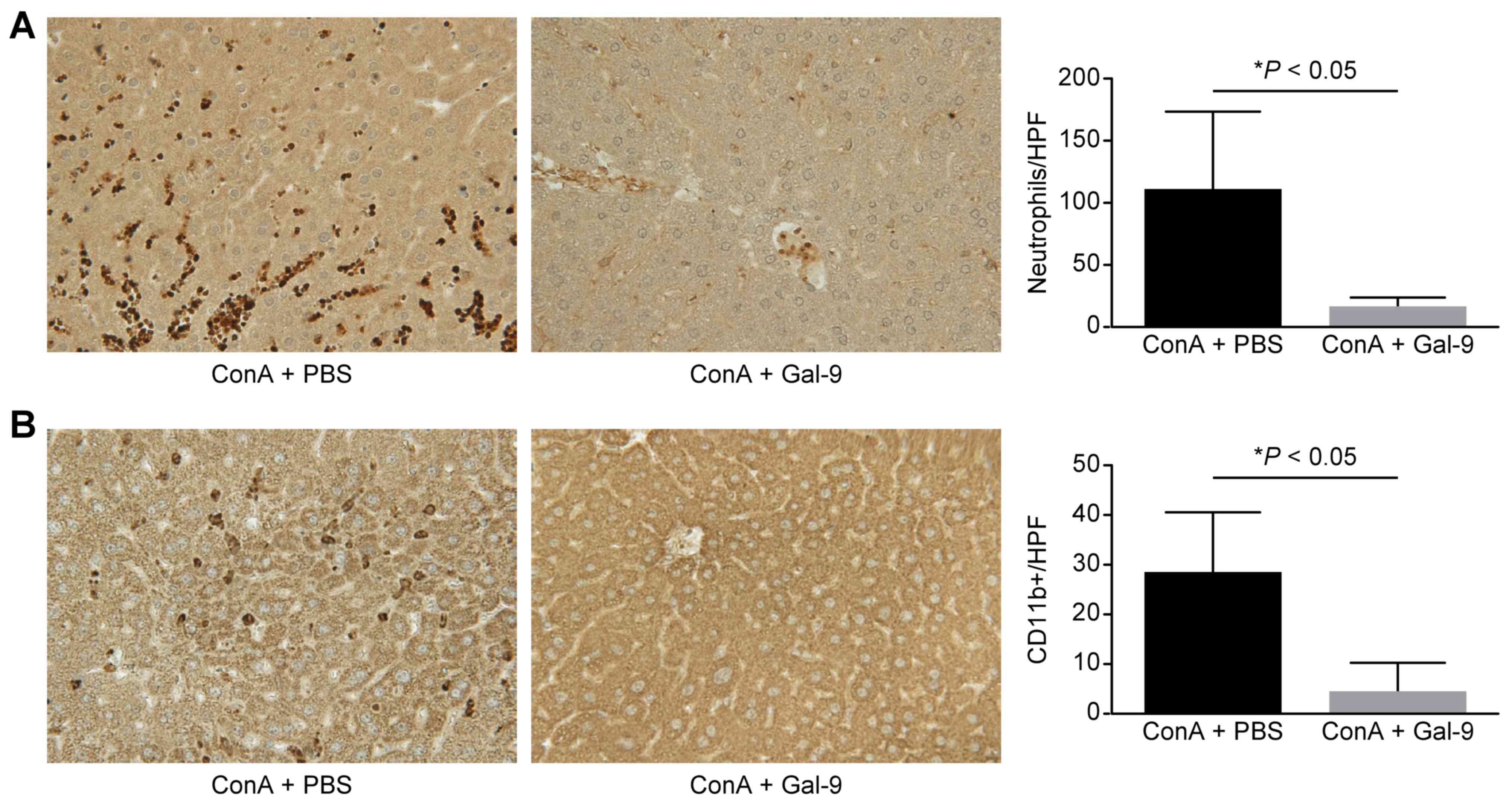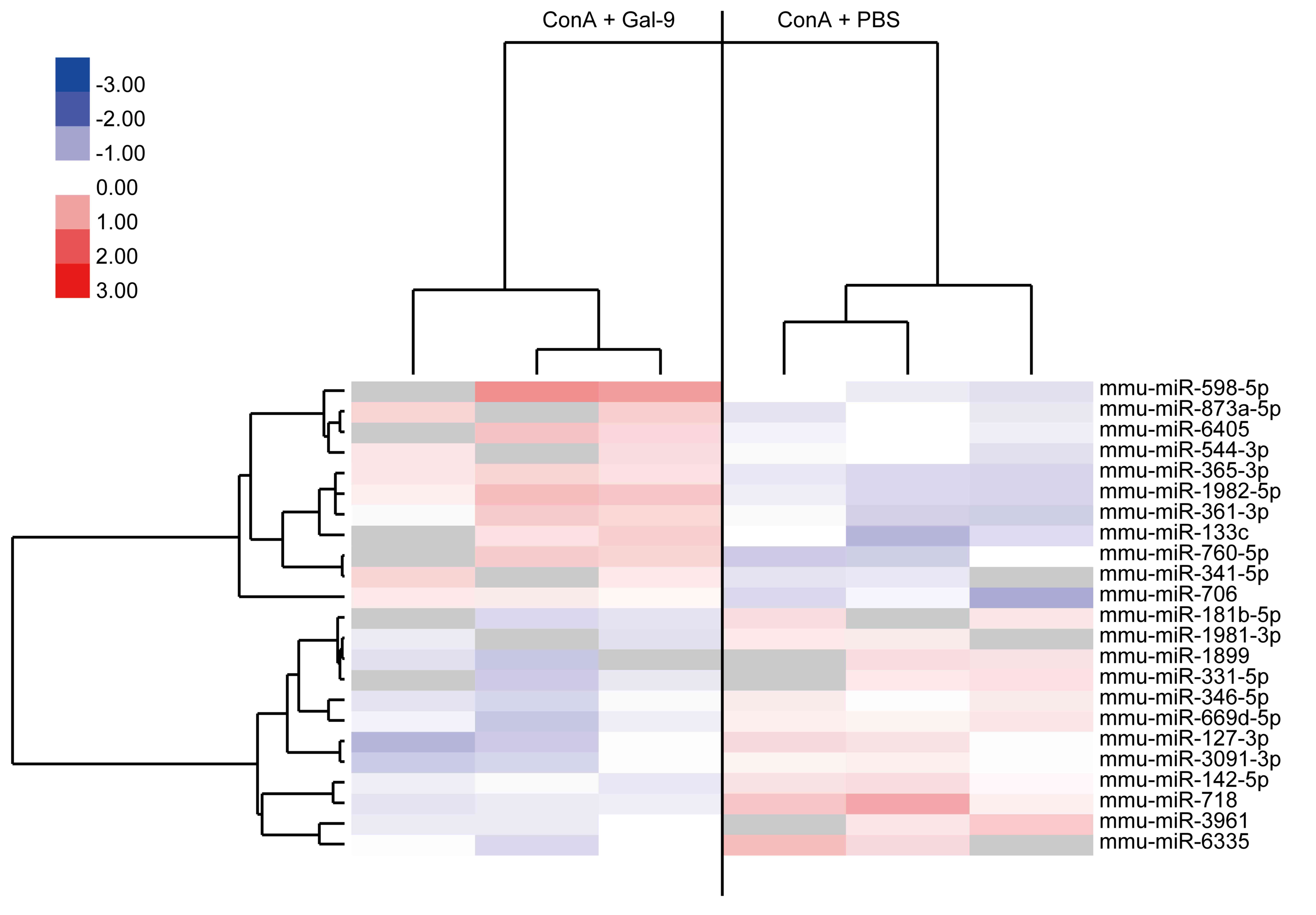|
1
|
Fujiwara K, Mochida S, Matsui A, Nakayama
N, Nagoshi S and Toda G: Intractable Liver Diseases Study Group of
Japan: Fulminant hepatitis and late onset hepatic failure in Japan.
Hepatol Res. 38:646–657. 2008. View Article : Google Scholar : PubMed/NCBI
|
|
2
|
Kern M, Popov A, Scholz K, Schumak B,
Djandji D, Limmer A, Eggle D, Sacher T, Zawatzky R, Holtappels R,
et al: Virally infected mouse liver endothelial cells trigger CD8+
T-cell immunity. Gastroenterology. 138:336–346. 2010. View Article : Google Scholar : PubMed/NCBI
|
|
3
|
Fujiwara K, Yasui S, Yonemitsu Y, Arai M,
Kanda T, Nakano M, Oda S and Yokosuka O: Fixed point observation of
etiology of acute liver failure according to the novel Japanese
diagnostic criteria. J Hepatobiliary Pancreat Sci. 22:225–229.
2015. View
Article : Google Scholar : PubMed/NCBI
|
|
4
|
Ikegami T, Taketomi A, Soejima Y,
Yoshizumi T, Sanefuji K, Kayashima H, Shimada M and Maehara Y:
Living donor liver transplantation for acute liver failure: A
10-year experience in a single center. J Am Coll Surg. 206:412–418.
2008. View Article : Google Scholar : PubMed/NCBI
|
|
5
|
Saita N, Goto E, Yamamoto T, Cho I,
Tsumori K, Kohrogi H, Maruo K, Ono T, Takeya M, Kashio Y, et al:
Association of galectin-9 with eosinophil apoptosis. Int Arch
Allergy Immunol. 128:42–50. 2002. View Article : Google Scholar : PubMed/NCBI
|
|
6
|
Zhu C, Anderson AC, Schubart A, Xiong H,
Imitola J, Khoury SJ, Zheng XX, Strom TB and Kuchroo VK: The Tim-3
ligand galectin-9 negatively regulates T helper type 1 immunity.
Nat Immunol. 6:1245–1252. 2005. View
Article : Google Scholar : PubMed/NCBI
|
|
7
|
Oomizu S, Arikawa T, Niki T, Kadowaki T,
Ueno M, Nishi N, Yamauchi A and Hirashima M: Galectin-9 suppresses
Th17 cell development in an IL-2-dependent but Tim-3-independent
manner. Clin Immunol. 143:51–58. 2012. View Article : Google Scholar : PubMed/NCBI
|
|
8
|
Seki M, Oomizu S, Sakata KM, Sakata A,
Arikawa T, Watanabe K, Ito K, Takeshita K, Niki T, Saita N, et al:
Galectin-9 suppresses the generation of Th17, promotes the
induction of regulatory T cells, and regulates experimental
autoimmune arthritis. Clin Immunol. 127:78–88. 2008. View Article : Google Scholar : PubMed/NCBI
|
|
9
|
Niki T, Tsutsui S, Hirose S, Aradono S,
Sugimoto Y, Takeshita K, Nishi N and Hirashima M: Galectin-9 is a
high affinity IgE-binding lectin with anti-allergic effect by
blocking IgE-antigen complex formation. J Biol Chem.
284:32344–32352. 2009. View Article : Google Scholar : PubMed/NCBI
|
|
10
|
Kageshita T, Kashio Y, Yamauchi A, Seki M,
Abedin MJ, Nishi N, Shoji H, Nakamura T, Ono T and Hirashima M:
Possible role of galectin-9 in cell aggregation and apoptosis of
human melanoma cell lines and its clinical significance. Int J
Cancer. 99:809–816. 2002. View Article : Google Scholar : PubMed/NCBI
|
|
11
|
Zamore PD and Haley B: Ribo-gnome: The big
world of small RNAs. Science. 309:1519–1524. 2005. View Article : Google Scholar : PubMed/NCBI
|
|
12
|
Chen JF, Mandel EM, Thomson JM, Wu Q,
Callis TE, Hammond SM, Conlon FL and Wang DZ: The role of
microRNA-1 and microRNA-133 in skeletal muscle proliferation and
differentiation. Nat Genet. 38:228–233. 2006. View Article : Google Scholar : PubMed/NCBI
|
|
13
|
Bala S, Marcos M and Szabo G: Emerging
role of microRNAs in liver diseases. World J Gastroenterol.
15:5633–5640. 2009. View Article : Google Scholar : PubMed/NCBI
|
|
14
|
Miyoshi H, Kato K, Iwama H, Maeda E,
Sakamoto T, Fujita K, Toyota Y, Tani J, Nomura T, Mimura S, et al:
Effect of the anti-diabetic drug metformin in hepatocellular
carcinoma in vitro and in vivo. Int J Oncol. 45:322–332.
2014.PubMed/NCBI
|
|
15
|
Morishita A and Masaki T: miRNA in
hepatocellular carcinoma. Hepatol Res. 45:128–141. 2015. View Article : Google Scholar : PubMed/NCBI
|
|
16
|
Japan Society of Clinical Chemistry, .
Recommendation for measuring enzyme activity in human serum.
Lactate dehydrogenase (1989–08-30). Japanese Journal of Clinical
Chemistry. 19:228–246. 1990.
|
|
17
|
Cortez KJ and Kottilil S: Beyond
interferon: Rationale and prospects for newer treatment paradigms
for chronic hepatitis C. Ther Adv Chronic Dis. 6:4–14. 2015.
View Article : Google Scholar : PubMed/NCBI
|
|
18
|
European Association For The Study Of The
Liver: EASL clinical practice guidelines: Management of chronic
hepatitis B virus infection. J Hepatol. 57:167–185. 2012.
View Article : Google Scholar : PubMed/NCBI
|
|
19
|
European Association for Study of Liver:
EASL clinical practice guidelines: Management of hepatitis C virus
infection. J Hepatol. 60:392–420. 2014. View Article : Google Scholar : PubMed/NCBI
|
|
20
|
Bockmann JH, Dandri M, Lüth S, Pannicke N
and Lohse AW: Combined glucocorticoid and antiviral therapy of
hepatitis B virus-related liver failure. World J Gastroenterol.
21:2214–2219. 2015.PubMed/NCBI
|
|
21
|
Sabatos CA, Chakravarti S, Cha E, Schubart
A, Sánchez-Fueyo A, Zheng XX, Coyle AJ, Strom TB, Freeman GJ and
Kuchroo VK: Interaction of Tim-3 and Tim-3 ligand regulates T
helper type 1 responses and induction of peripheral tolerance. Nat
Immunol. 4:1102–1110. 2003. View
Article : Google Scholar : PubMed/NCBI
|
|
22
|
Lv K, Zhang Y, Zhang M, Zhong M and Suo Q:
Galectin-9 ameliorates Con A-induced hepatitis by inducing
CD4(+)CD25(low/int) effector T-Cell apoptosis and increasing
regulatory T cell number. PLoS One. 7:e483792012. View Article : Google Scholar : PubMed/NCBI
|
|
23
|
Uchida Y, Ke B, Freitas MC, Yagita H,
Akiba H, Busuttil RW, Najafian N and Kupiec-Weglinski JW: T-cell
immunoglobulin mucin-3 determines severity of liver
ischemia/reperfusion injury in mice in a TLR4-dependent manner.
Gastroenterology. 139:2195–2206. 2010. View Article : Google Scholar : PubMed/NCBI
|
|
24
|
Hirao H, Uchida Y, Kadono K, Tanaka H,
Niki T, Yamauchi A, Hata K, Watanabe T, Terajima H and Uemoto S:
The protective function of galectin-9 in liver ischemia and
reperfusion injury in mice. Liver Transpl. 21:969–981. 2015.
View Article : Google Scholar : PubMed/NCBI
|
|
25
|
Mita E, Hayashi N, Iio S, Takehara T,
Hijioka T, Kasahara A, Fusamoto H and Kamada T: Role of Fas ligand
in apoptosis induced by hepatitis C virus infection. Biochem
Biophys Res Commun. 204:468–474. 1994. View Article : Google Scholar : PubMed/NCBI
|
|
26
|
Feldstein AE, Canbay A, Angulo P, Taniai
M, Burgart LJ, Lindor KD and Gores GJ: Hepatocyte apoptosis and fas
expression are prominent features of human nonalcoholic
steatohepatitis. Gastroenterology. 125:437–443. 2003. View Article : Google Scholar : PubMed/NCBI
|
|
27
|
Fujita K, Iwama H, Sakamoto T, Okura R,
Kobayashi K, Takano J, Katsura A, Tatsuta M, Maeda E, Mimura S, et
al: Galectin-9 suppresses the growth of hepatocellular carcinoma
via apoptosis in vitro and in vivo. Int J Oncol. 46:2419–2430.
2015.PubMed/NCBI
|
|
28
|
Kobayashi K, Morishita A, Iwama H, Fujita
K, Okura R, Fujihara S, Yamashita T, Fujimori T, Kato K, Kamada H,
et al: Galectin-9 suppresses cholangiocarcinoma cell proliferation
by inducing apoptosis but not cell cycle arrest. Oncol Rep.
34:1761–1770. 2015.PubMed/NCBI
|
|
29
|
Kanitz A, Imig J, Dziunycz PJ, Primorac A,
Galgano A, Hofbauer GF, Gerber AP and Detmar M: The expression
levels of microRNA-361-5p and its target VEGFA are inversely
correlated in human cutaneous squamous cell carcinoma. PLoS One.
7:e495682012. View Article : Google Scholar : PubMed/NCBI
|
|
30
|
Wang HW, Lo HH, Chiu YL, Chang SJ, Huang
PH, Liao KH, Tasi CF, Wu CH, Tsai TN, Cheng CC and Cheng SM:
Dysregulated miR-361-5p/VEGF axis in the plasma and endothelial
progenitor cells of patients with coronary artery disease. PLoS
One. 9:e980702014. View Article : Google Scholar : PubMed/NCBI
|
|
31
|
Haywood L, McWilliams DF, Pearson CI, Gill
SE, Ganesan A, Wilson D and Walsh DA: Inflammation and angiogenesis
in osteoarthritis. Arthritis Rheum. 48:2173–2177. 2003. View Article : Google Scholar : PubMed/NCBI
|
|
32
|
Xu C, Lu Y, Pan Z, Chu W, Luo X, Lin H,
Xiao J, Shan H, Wang Z and Yang B: The muscle-specific microRNAs
miR-1 and miR-133 produce opposing effects on apoptosis by
targeting HSP60, HSP70 and caspase-9 in cardiomyocytes. J Cell Sci.
120:3045–3052. 2007. View Article : Google Scholar : PubMed/NCBI
|
|
33
|
Li QJ, Chau J, Ebert PJ, Sylvester G, Min
H, Liu G, Braich R, Manoharan M, Soutschek J, Skare P, et al:
miR-181a is an intrinsic modulator of T cell sensitivity and
selection. Cell. 129:147–161. 2007. View Article : Google Scholar : PubMed/NCBI
|
|
34
|
Raisch J, Darfeuille-Michaud A and Nguyen
HT: Role of microRNAs in the immune system, inflammation and
cancer. World J Gastroenterol. 19:2985–2996. 2013. View Article : Google Scholar : PubMed/NCBI
|
|
35
|
Li G, Yu M, Lee WW, Tsang M, Krishnan E,
Weyand CM and Goronzy JJ: Decline in miR-181a expression with age
impairs T cell receptor sensitivity by increasing DUSP6 activity.
Nat Med. 18:1518–1524. 2012. View
Article : Google Scholar : PubMed/NCBI
|
|
36
|
Pan C, Chen H, Wang L, Yang S, Fu H, Zheng
Y, Miao M and Jiao B: Down-regulation of MiR-127 facilitates
hepatocyte proliferation during rat liver regeneration. PLoS One.
7:e391512012. View Article : Google Scholar : PubMed/NCBI
|



